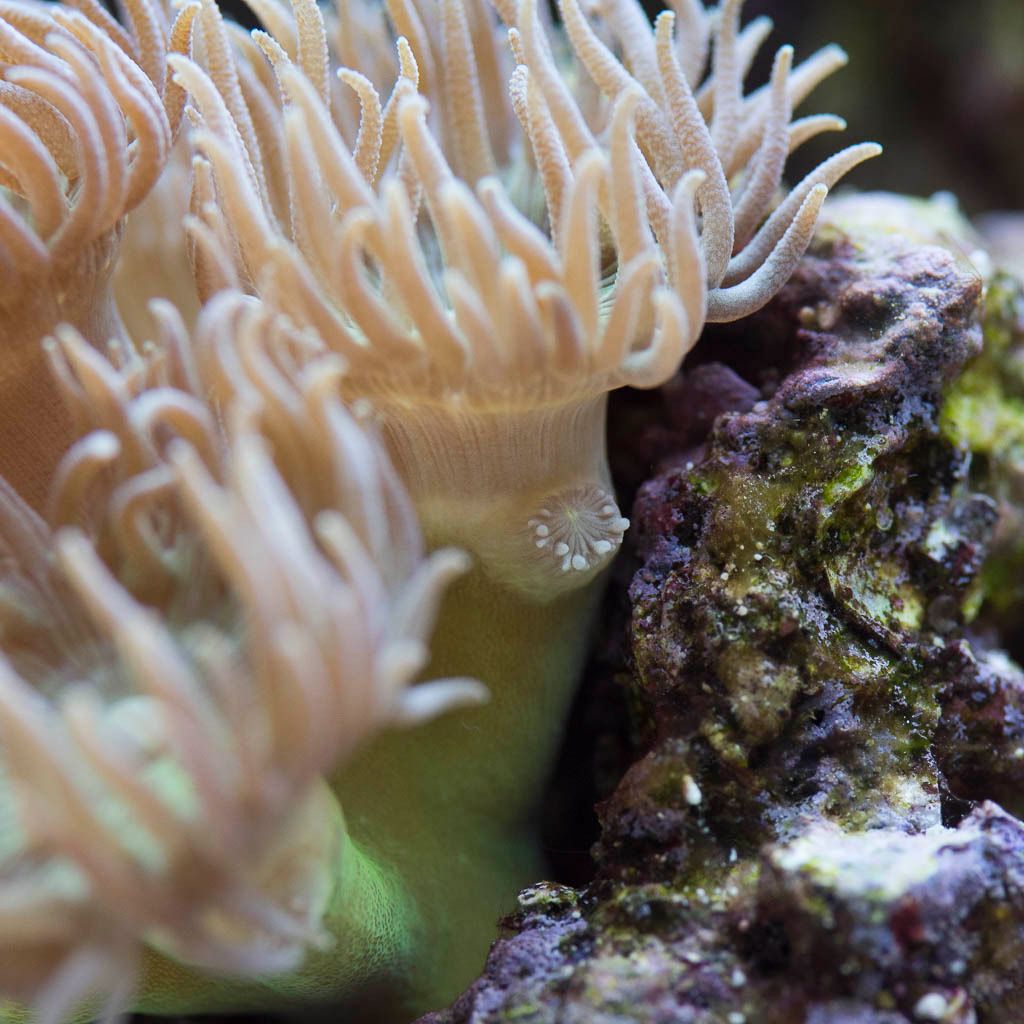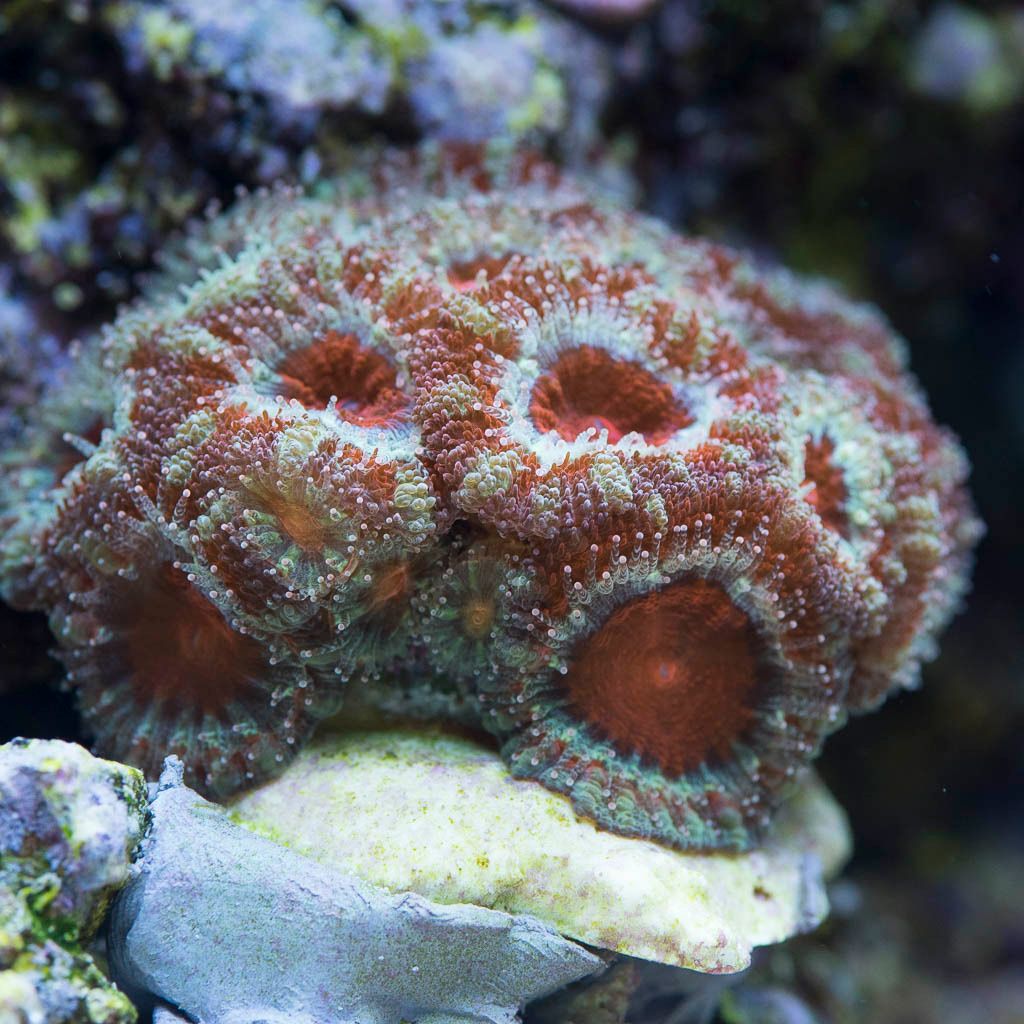Oxylebius
Well-Known Member
My Calcium and Magnesium always seem to be fine just Alk (why don't we say Carbonate?) is a bit borderline.
Ooo - Good question. Alkalinity is a term used to describe the buffer capacity of the liquid. When you refer to high alkalinity or low alkalinity, you are referring to the liquids ability to neutralize acids. Materials that affect alkalinity are buffers and these include a variety of things like carbonate, bicarbonate, hydroxides and other items. We measure alkalinity to determine if we need to alter it by adding a buffer. I use soda ash (sodium carbonate) as a buffer, some use calcium hydroxide (Kalkwasser), and others may use calcium bicarbonate. There really isn't an easy way to measure carbonate and bicarbonate, so we test alkalinity as a substitute measure for bicarbonate and carbonate.
I came across an article a while back on advanced aquarist that touched on this. I will see if I can find it and post it here for you.
EDIT: found the article here:
http://www.advancedaquarist.com/2002/2/chemistry
Halfway down the page in the, "Why is Alkalinity Important?" section will help address your question.
Last edited:




